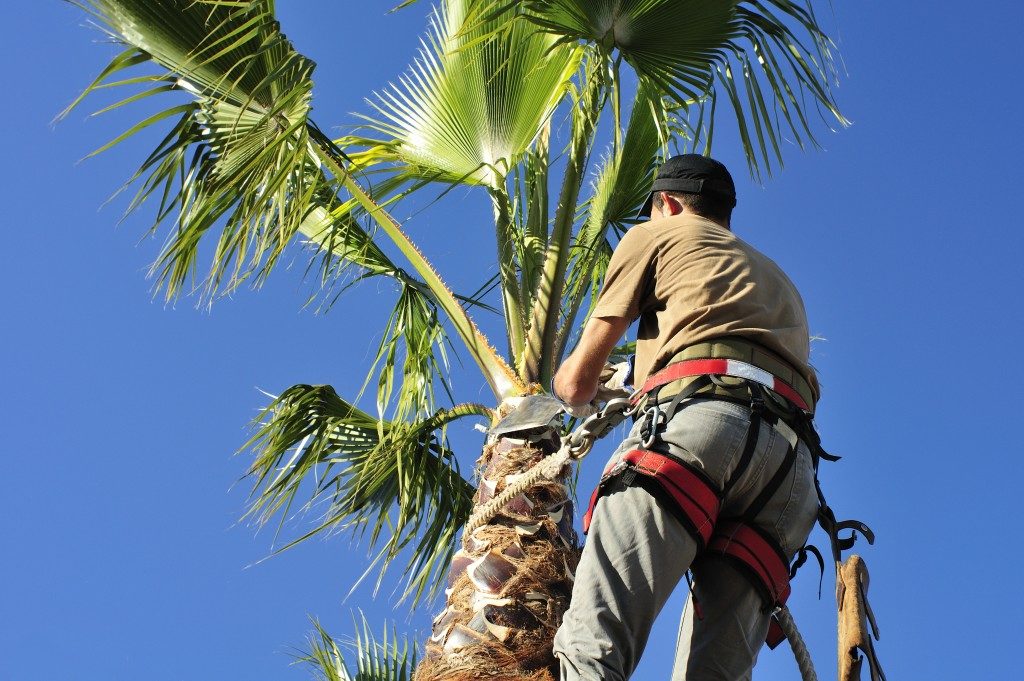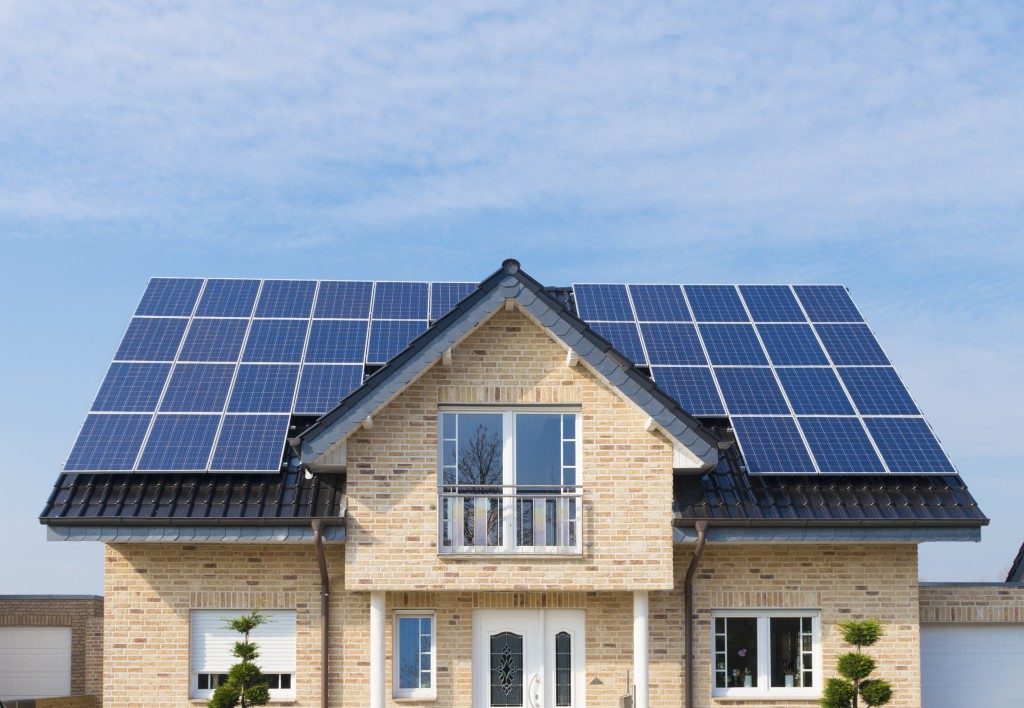The exterior look of properties is among the integral elements in the real estate industry. This is primarily because more property owners are leaning toward outdoor living to maximize their benefits from interacting with their environment. You have several options for your property’s landscaping, including hard and softscaping. Softscaping elements include the plants in your landscape and are essential for optimal airflow and a natural outdoor look.
Different techniques are used to keep the shrubs, flowers, and trees in your landscape in their best shape. Tree removal by Sandy-based professionals might be essential for dead, damaged, or sick trees that cannot be redeemed using other methods.
At times, the solution for trees that are not thriving is trimming the dead branches rather than cutting the entire tree down. This will protect your building from the potential damage caused by falling branches, give the trees a polished and clean look, and allow the healthy branches to thrive. The following are the tree trimming techniques professionals will use:
Raising
This pruning technique denotes the ‘’lifting’’ of the crown of your trees. It involves the clearing of the lower branches to achieve this. Raising is generally done in urban environments to avert obstructions to vehicular and foot traffic on your property. It is also done on younger trees to minimize the risk of leaving marks and wounds on mature trees. The clearance level aimed for in raising for most urban environments is 10’-15’.
Reduction

This centers on the discriminate and skillful reduction of your trees’ stems. Topping is more or less a similar trimming technique to reduction, but this removes crucial trunks and branches indiscriminately and leaves large decaying wounds on your trees. In reduction, an expert will assess your trees’ growth and species to pick the branches that should be cut with minimal impact on your tree’s growth. Reducing clears overgrowth near structures and minimizes the odds of your tree’s failure, as well as makes your trees look attractive and tidy.
Thinning
This is a selective trimming option meant to reduce the density of the live branches in your tree. Thinning is done on overgrown trees, more so those with a considerable volume of stems and thick foliage. It allows sunlight and air to penetrate the interior parts of your tree to boost the growth of the grass and other trees around the overgrown one. Experts remove 15-20% at most of your tree’s foliage and only 2-inch thick branches to minimize the impact of thinning on your trees’ growth.
Cleaning
This is meant to remove diseased, broken, and dead stems and branches from your tree. This way, the risk of tree decay spread is reduced. Cleaning is done on mature trees since there is generally no need to remove the live stems on young trees.
The above tree trimming techniques require more than a few tools from your nearest hardware. Without an expert, trimming the trees might be the primary element that contributes to the failure of your trees and will spoil the look of your landscape. It is, therefore, important to have all aspects of your landscaping handled by a professional.









